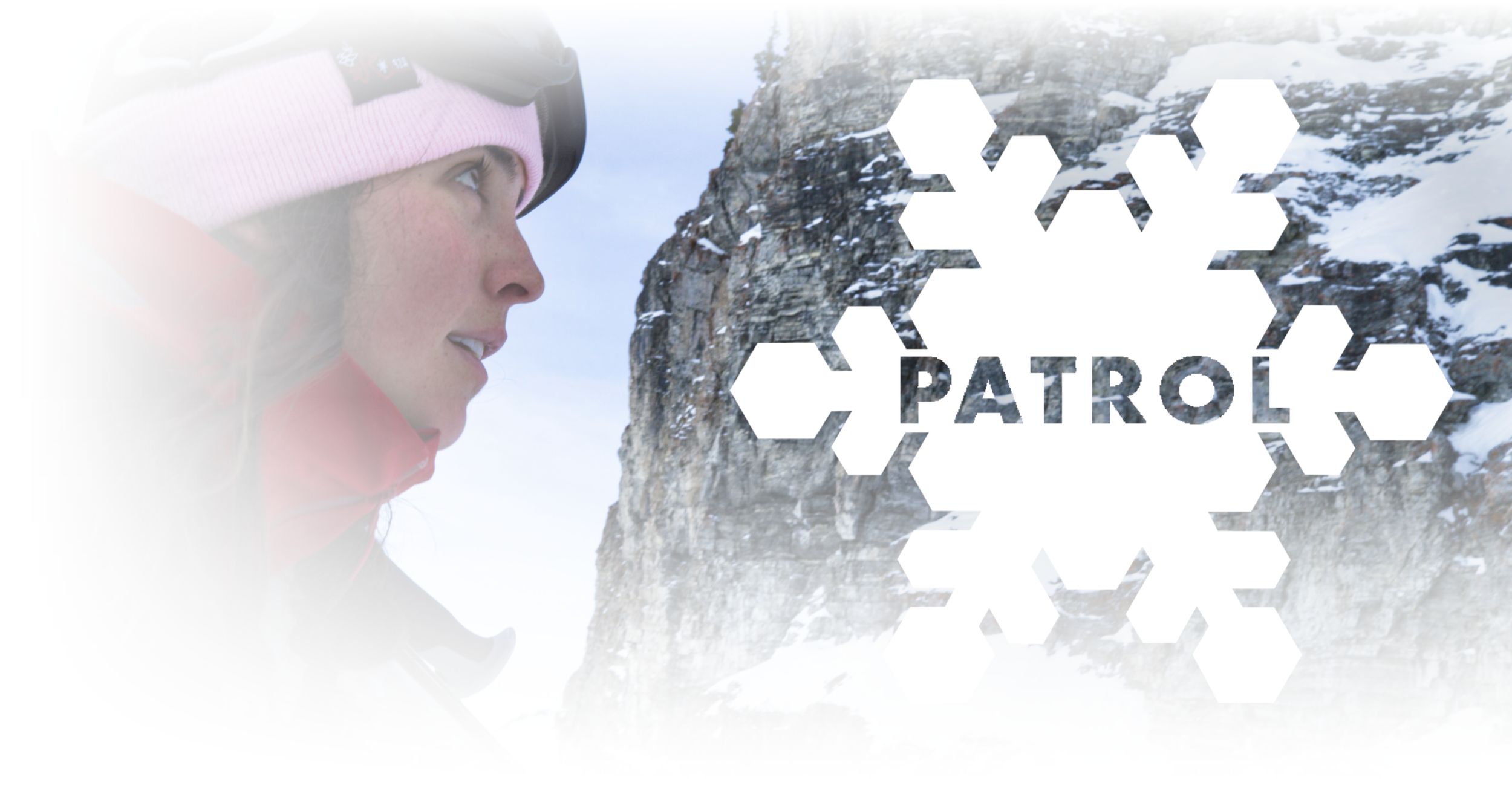Steeped in Tradition Episode 6 – Patrol.
The National Ski Patrol was formed in 1938, the same year Alta Ski Area was founded. While the National Ski Patrol was formed in Stowe, Vermont as a way to care for injured skiers, Alta Ski Patrol was formed in 1941 to assist skiers, but quickly became known as the birthplace of avalanche research in North America and home to one of the most respected snow safety departments in the industry.
Alta's Ski Patrol consists of over 80 men and women, with 20–30 working on most days. On mornings with significant overnight snowfall, that number can double.
Ski Patrolling is serious work, starting as early as 3am, long before the most die-hard skiers start lining up for first chair. The job is both physically and mentally demanding. Members of the Alta Ski Patrol deal with some of the least forgiving weather imaginable while putting themselves in the most challenging and dangerous terrain on the mountain.
Once the ski area opens, they spend the ski day providing medical care and transportation to injured skiers. It’s a selfless, often, thankless job. One that doesn’t end until long after the last skier has made their way down the hill.
“Nobody’s getting rich doing this job. They’re getting paid in powder.” - Dave “Grom” Richards, Alta Ski Area Avalanche Department Director
Alta Ski Patrol is also a founding member of Wasatch Backcountry Rescue (WBR), an organization that provides “rapid response for avalanche rescue, winter-related mountain rescue, and medical evacuation incidents using trained professionals and search and rescue dogs. WBR personnel are full-time avalanche professionals from member organizations who are familiar with local terrain, snowpack, and current conditions. This makes WBR the resource of choice for initial response to winter accidents in the Wasatch range's vast and heavily used backcountry.“
Alta Ski Patrol also works very closely with the Utah Avalanche Center (UAC), providing myriad snow science and avalanche data toward the creation of daily avalanche forecasts. Alta Ski Patrollers also assist in public avalanche awareness and education courses. These forecasts and classes are an invaluable resource in the skiing community.
History of Avalanche Research at Alta
The first ski lift in Utah carried skiers up Collins Gulch on January 15th, 1939. Less than a month later, the first use of explosives in avalanche control took place on Mt. Superior. Alta's first Snow Ranger, C.D. Wadsworth, and ski school director Karl Fahrner used explosives attempting to produce a slide across the road from Alta Ski Area. The very first attempt failed to produce an avalanche, However, the following morning, an avalanche occurred on a continuous fracture line that stretched from Mount Superior to Patsey Marley— burying 2,000 feet of road under 14 feet of snow.
In 1938, Sverre Engen—brother of Alta’s founding father, Alf Engen—was appointed the second Snow Ranger of Little Cottonwood Canyon. Sverre and his wife Louis developed ski cutting and snow pit analysis, techniques still used in avalanche mitigation and research to this day.
Alta Ski Patrol was officially founded in 1941, a team consisting of Harold Goodro, Dave Shelton, Tom Foley and Gordy Allcott. Monty Atwater took over for Sverre Engen in 1946 and began using explosives in avalanche control work. Two years later, Atwater started using hand charges to trigger avalanches in and around Alta Ski Area. In 1952, Following the first successful use of artillery in avalanche mitigation in 1949, Atwater received permission to fire a World War I-era 75mm French Howitzer for avalanche control work.
Monty Atwater was later joined by snow ranger Edward LaChapelle who had studied at the Avalanche Institute in Davos, Switzerland. LaChapelle studied snowpits and set up a European-style snow study plot at Alta. He also employed a German Shepherd named Cola with the job of locating avalanche victims, becoming the first avalanche dog in the United States.
In 1969, Snow Ranger Bengts Sandahl installed the first remote weather station on top of Cardiff Peak, across the street from Alta Ski Area. Weather and snowfall have become an obsession ever since. The Alta Avalanche Office maintains the most historic records of any mountain in North America. The Alta Guard House study plot has snowfall records dating back to 1945. The recording of accurate snow data is one of the most important duties of the Alta Avalanche Center.
“We stand on the shoulders of the people that came before us.” - Titus Case, Former Avalanche Director
With the introduction of computers, the internet, and other technological advances, snow study data has been expanded. The Collins study plot has tracked snowfall, water, wind, temperatures and base depth for the past forty years.
Today’s Alta Ski Patrol carries on the tradition of keeping meticulous snow study data, some of the most reliable snow data in the world. Each day, thousands of skiers rely on Alta's study plots for hourly weather and snow information.
Next time you see a member of the Alta Ski Patrol, thank them for their work.
“Without resort avalanche mitigation, the avalanche hazard would exist at an unacceptable level to run a ski area, a highway, or have the Town of Alta, at all.” - Dave Richards, Avalanche Office Director

Add Your Comment